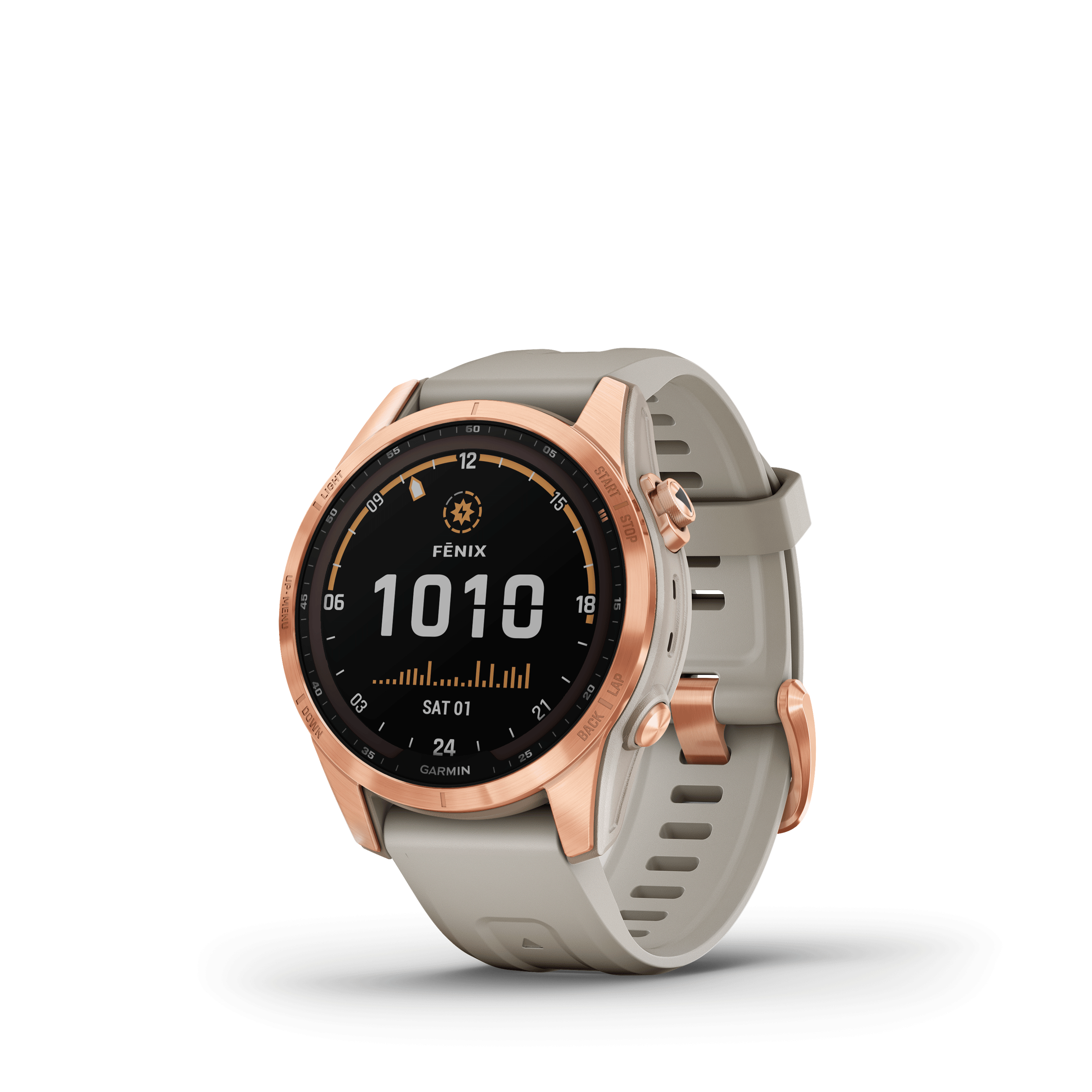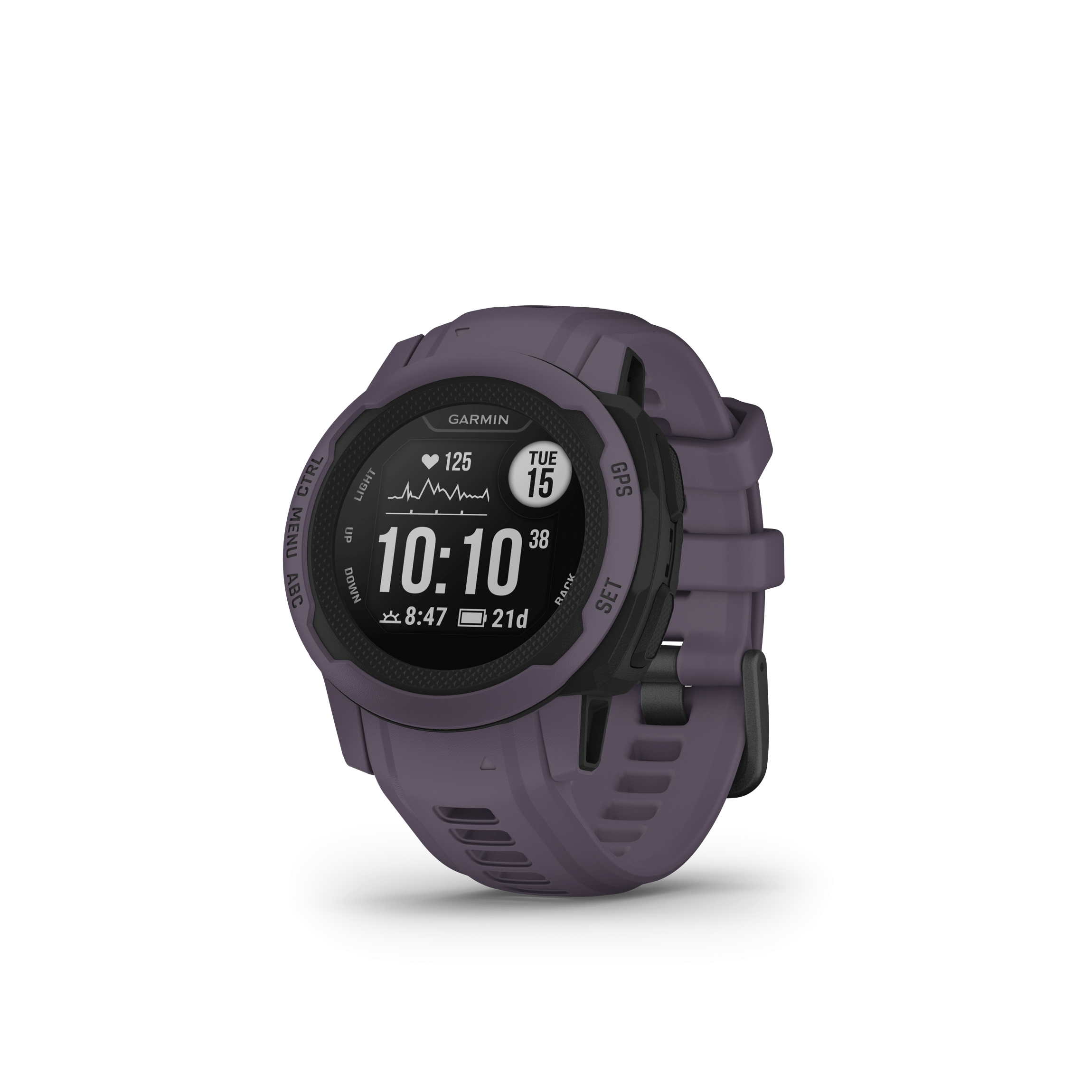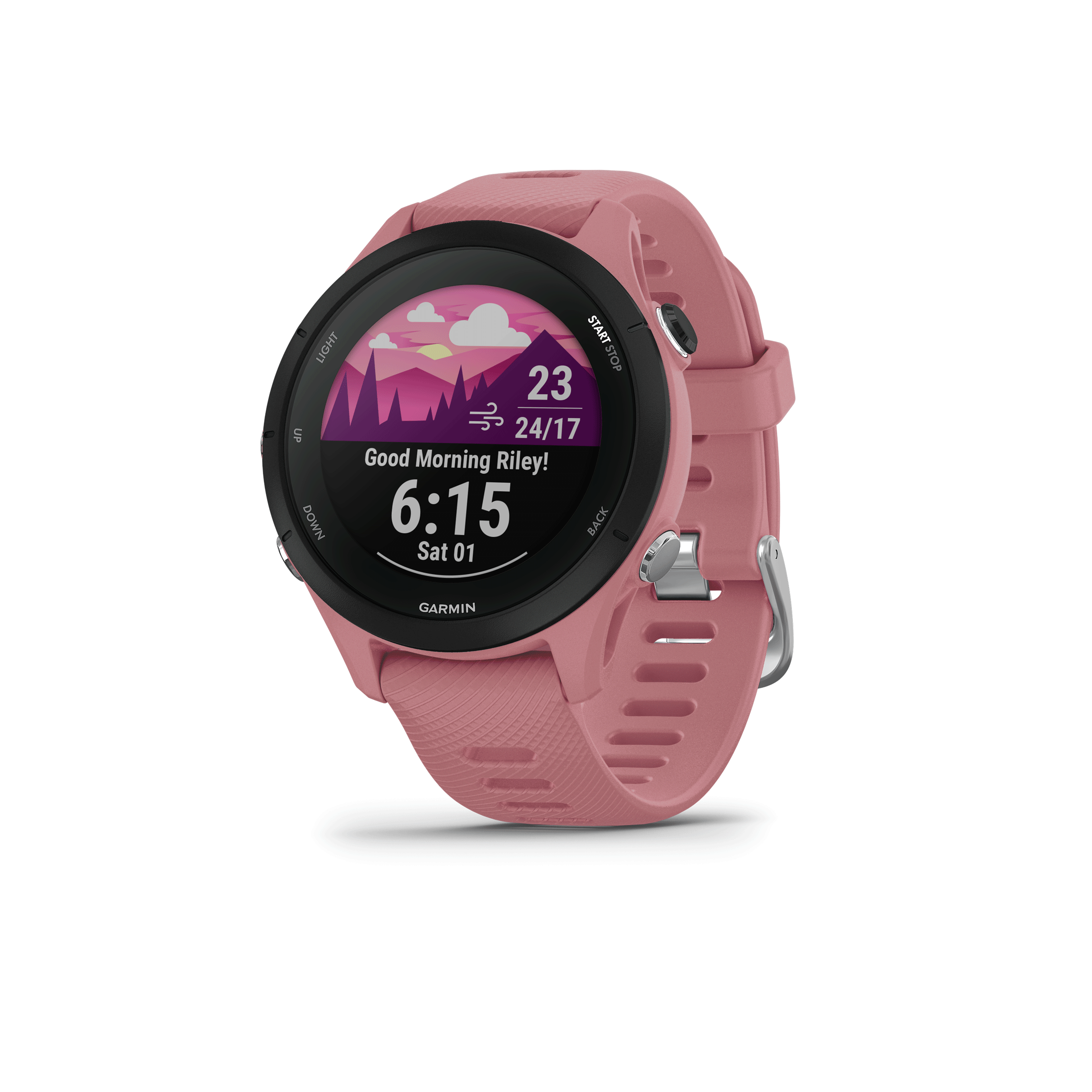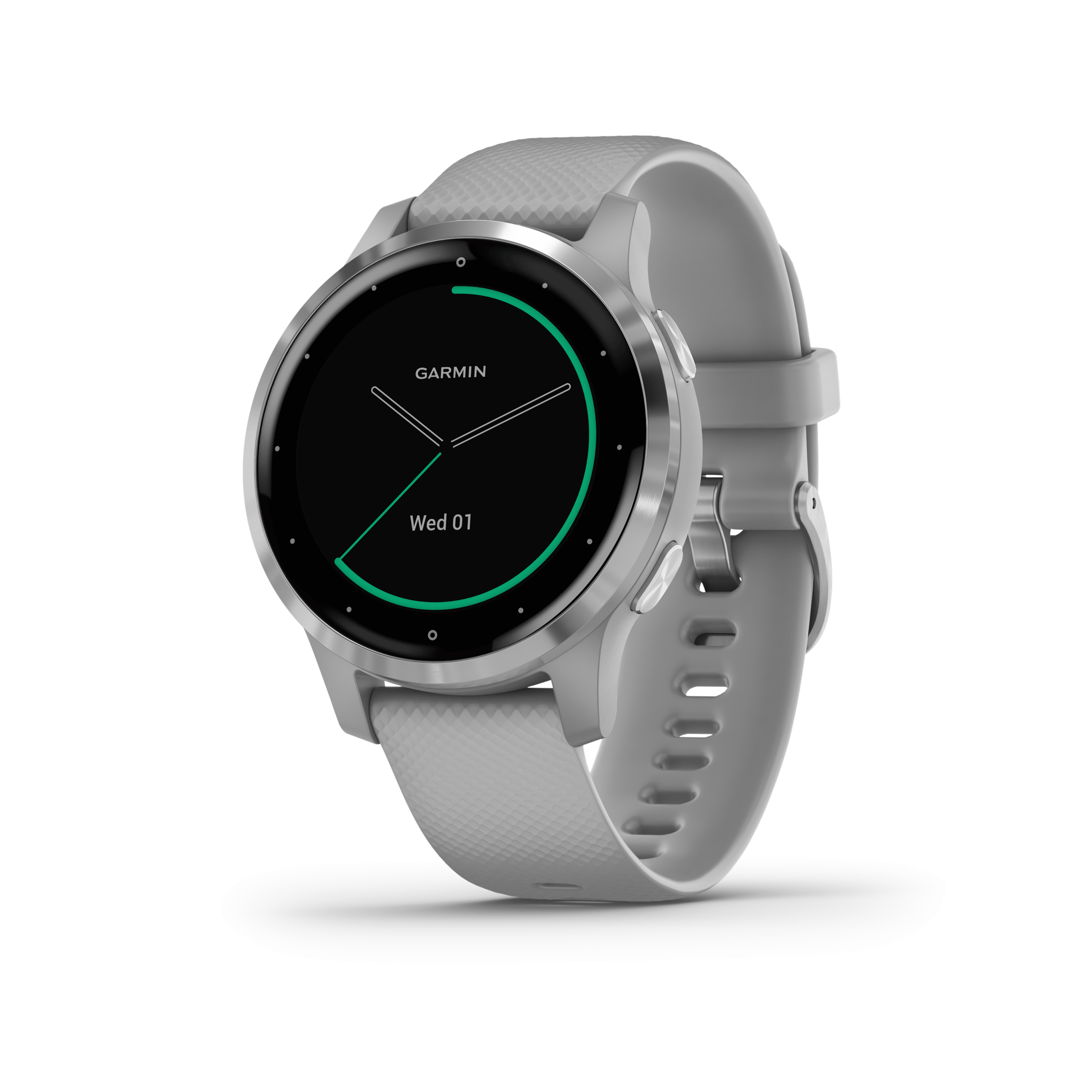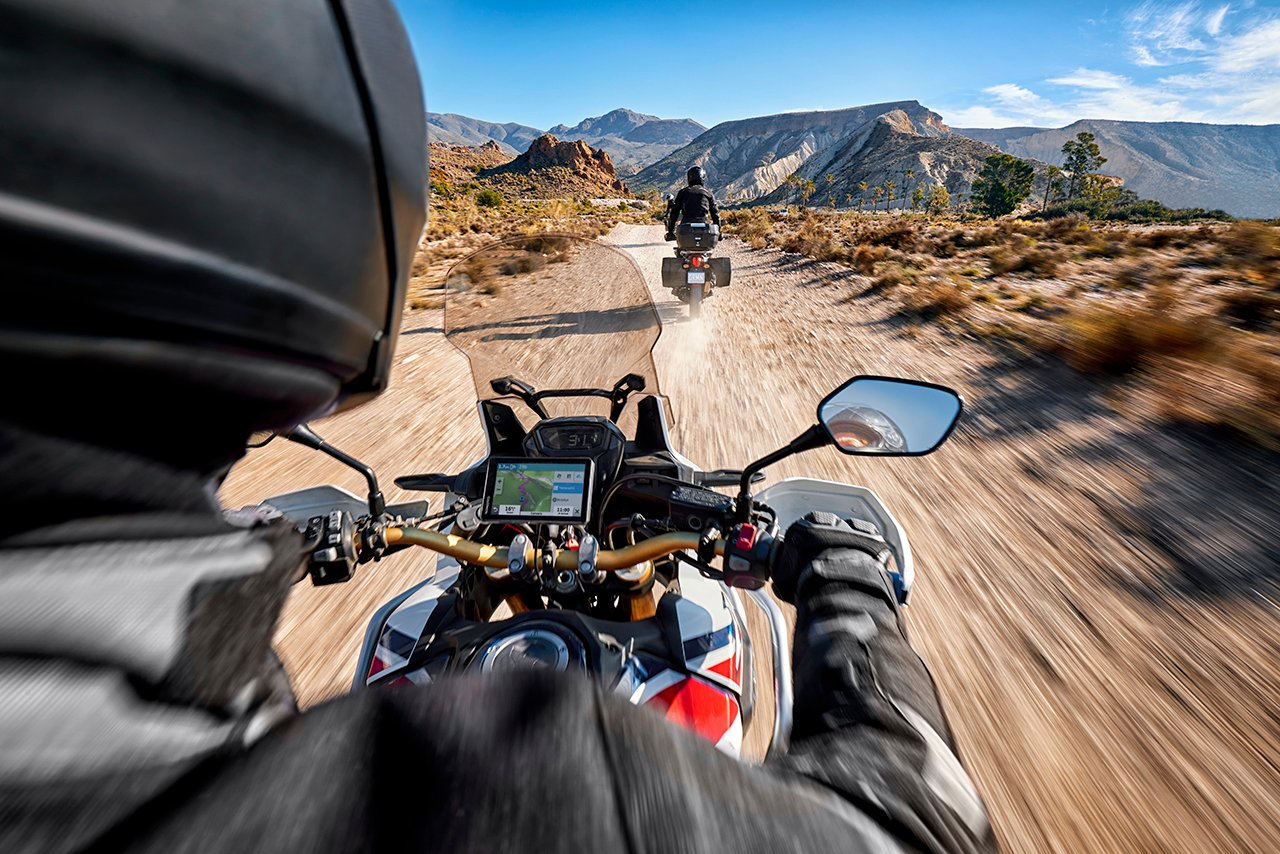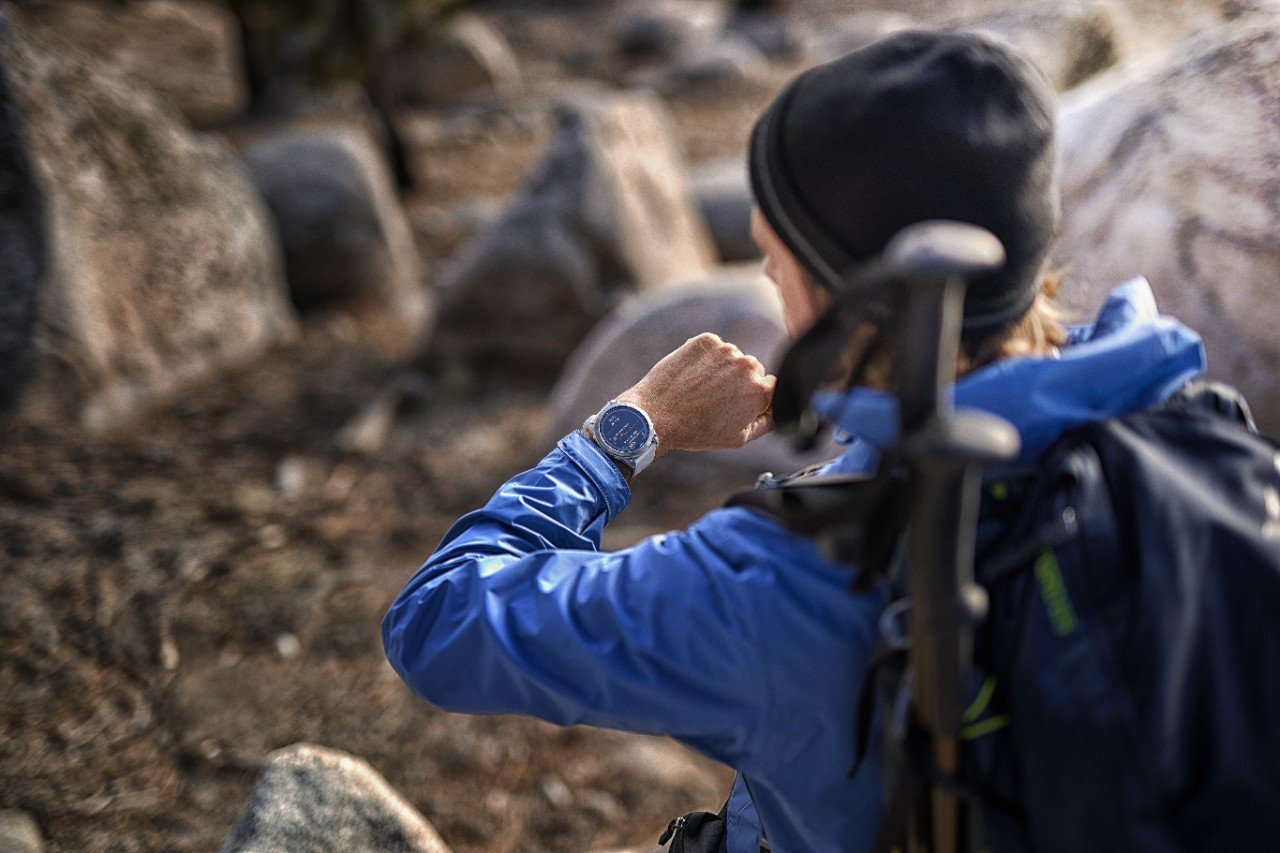
Speed took her down, but she wouldn’t let go
“Always think about what you have, rather than what you don’t.” It’s more than a motto for adaptive athlete Kiana Clay. She lives it out daily in her pursuit of excellence in multiple sports, including motocross, snowboarding, wakeboarding and skateboarding. Let’s find out what drives this inspiring woman of adventure.
With Kiana Clay
What were you like as a young girl … and what drew you into the sport of motocross?
I’ve had a need for speed for as long as I can remember. My dad noticed immediately. When I was 6 or 7 years old, he brought me home a dirt bike after I took my own training wheels off my bicycle one day. We took my new PW80 out to Banning when we were still living in California, and when I first rolled that throttle, I was instantly hooked. When it came time to pick my racing number, I thought it only made sense to choose 23 since my dad was 32. He was the one who got me into the sport, and he has always been my biggest cheerleader and supporter.
For those who don’t know or haven’t yet seen your short film, a motocross accident at age 12, followed by a serious car wreck, resulted in the loss of use of your dominant arm. In an instant, you went from aspiring young athlete to survivor. What was the biggest challenge during the ensuing period of surgeries and rehab?
It’s honestly kind of hard to put into words. It was so sudden. To go from a fully abled healthy kid to a disabled one in less than a second is just insane. I acquired brachial plexus on my right side resulting from a motocross crash where another rider landed on top of my neck, ripping the nerves out of my spine. I was instantly paralyzed in my right arm. After multiple surgeries and rehab, I started to gain some bicep muscle back, but then, just a few months later, my dad and I got hit by a drunk driver. We flipped multiple times in our truck. That accident prevented me from ever regaining movement or feeling in my right arm. I quickly overcame this setback because I was forced to. Having one working hand is very challenging. I just quickly developed a tough mentality and learned that you can’t think about the “what ifs” and so, instead, I just look at the facts of “what is.” From there, you take out emotion and develop steps that lead to a resolution for whatever you’re facing.
How long were you off the bike? And how exactly did you keep it from your parents that you were getting back into the sport?
I was off the bike for almost 7 years. When I turned 18, I thought, “Well, my parents can’t tell me no.” I kept going to the track and one day looked at a pit bike with my friend, Conner, and thought, “Would it be possible?” We took the throttle from the right, moved it to the left and moved the front brake to the left. I ended up putting my arm in a sling and rode that bike all day. That was the happiest I’d felt in a very long time.
What are some of the biggest barriers you face as an adaptive athlete in motocross or your other sports?
As an athlete, I find myself overcompensating and constantly adapting to achieve basic things. Also, I’ve been fighting for global visibility for my class of adaptive athletes to be seen as equals rather than be viewed with pity.
Have sports helped you adapt to the physical and mental pain that comes with your type of upper limb injury?
Yes — very much. The sports I do are mentally and physically tough. Growing up doing those sports definitely prepared me and helped me with my disability.
Do you have any advice for others who are dealing with a disability and wondering how to cope?
Instead of focusing on the “what ifs,” look at what you do have. Don’t hide your disability. Embrace it as an asset that makes you unique in this world. Being disabled is a huge challenge, but there can be a lot of really cool positives if you allow them!
You’ve said it takes a village to help an athlete achieve goals. Who’s in your village, and how are they a part of your goal-getting lifestyle?
This is so true. It is a lot of work. My village includes my family, friends, coaches and mentors. They all see the potential and goodness in me, and they remind me of this daily. They keep me on track by reminding me who I am through and through, especially on my down days. I wouldn’t be where I am without them, especially my snowboarding coaches, Nichole Mason and Daniel Gale, co-founder of Adaptive Action Sports, and my sports psychologist, Irene Yang.
Tell us a little more about the mental preparations you go through before competition.
I speak to my therapist, then my sports psychologist. We go through goal setting, expectations, set up my music playlists and do a lot of visualisations. Irene asks me some really great, deep questions to help me get to the root of my fears and what is stopping me mentally.
Is there any kind of adventure or challenge you would say no to? Anything that sounds crazy to you?
Not really. Every adventure is a new experience and something to learn and grow from.
What are some of your hobbies or pastimes outside of sports that help you chill out?
I really love art, music, working on cars and motors, exercising, video games and spending time with my family and friends.
What’s your next goal in snowboarding? How about motocross? Any new sports or adventures you hope to pursue … or should we just follow you on your social channels?
Over the next 4 years, my goal is to bring inclusion of adaptive classes to slopestyle and big air snowboarding since they currently don’t exist. Also, I aim to be the first upper limb-disabled female to represent the USA in 2026 while growing my category. For moto, my goal is to be the first adaptive female to compete in the Loretta Lynn Championship. And yes, my social channels are a great way to keep up with me!
Find more on Kiana here:
